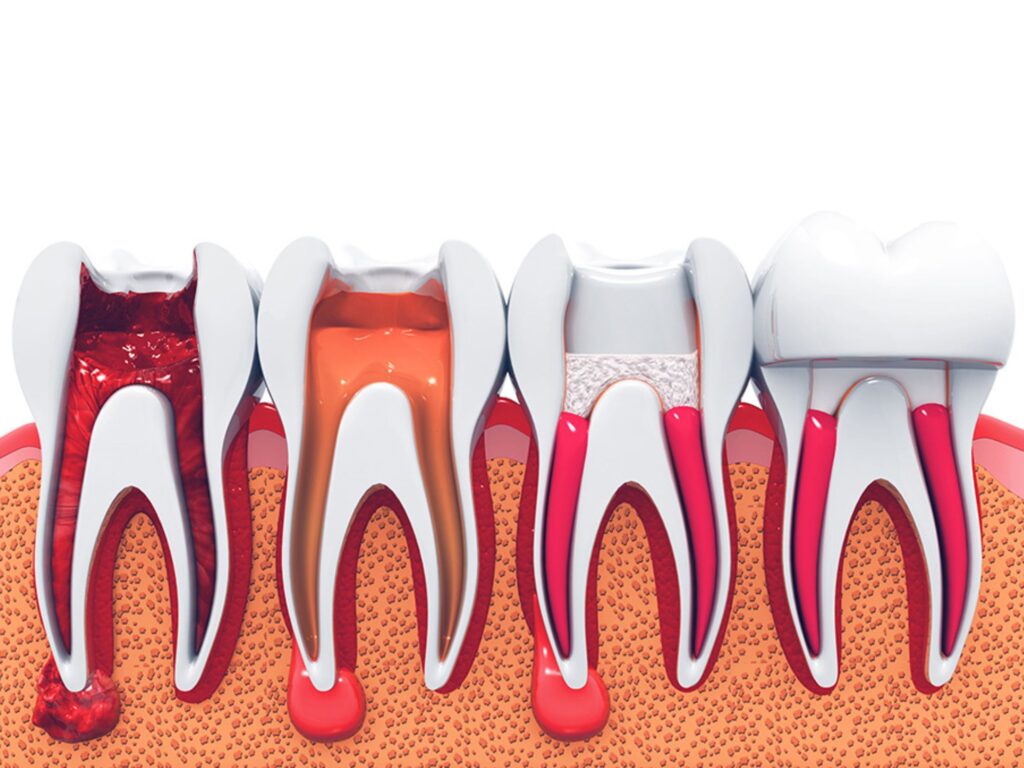Effectiveness of calcium hydroxide compared to hydraulic calcium silicate cements for direct pulp capping in managing deep caries in vital permanent teeth: A systematic review and meta-analysis
Sascha R. Herbst, Vinay Pitchika, Chantal S. Herbst, Esra Kosan, Falk Schwendicke
First published: 20 May 2025
https://doi.org/10.1111/iej.14256
This systematic review seeks to clarify the clinical and radiographic success of direct pulp capping (DPC) using calcium hydroxide (CaOH) versus hydraulic calcium silicate-based cements (HCSC), namely MTA and Biodentine (BD). The result appears to be a promising statement of conformity for the HCSC, showing a significantly higher probability of clinical and radiographic success than CaOH. This finding comes with moderate certainty.
Given that I inform my patients that the ‘new’ pulpotomy protocol for dealing with a dying pulp has emerged due to the use of super biocompatible materials that encourage healing, these findings would support this statement.
However, several underlying limitations temper the strength of the conclusions. Chief among them is the disproportionate influence of one large study (Peskersoy et al., 2021), which contributes over half of the total cases and lacks key methodological transparency such as reporting drop-outs or sample size justification.
A critical flaw lies in the review’s dependence on studies of varying methodological quality, with only one trial assessed with a low risk of bias. The review acknowledges this, rating the body of evidence as only “moderate” in certainty. However, the authors still make assertive conclusions about the superiority of HCSC over CaOH, which may overstep the strength of the underlying data. This seems to be their bias.
Moreover, while meta-analyses suggest statistically significant results in favour of HCSC, the practical clinical difference remains difficult to interpret, particularly when differences in coronal sealing materials, haemostasis times, and operator experience are not fully accounted for. The absence of a meaningful synthesis of failure modes or long-term outcomes also limits its clinical applicability.
Finally, the review does little to challenge the foundational assumption that material choice is the dominant determinant of success in DPC. The most compelling discussion occurs late in the article, when it is conceded that aseptic technique, operator experience, and pulpal diagnosis may be as important—if not more so—than the capping material. The authors cite Ricucci’s long-term work and Ballal’s findings on pulp lavage, yet these are relegated to side notes rather than being used to frame the entire discussion.
A more balanced and clinically useful analysis would have foregrounded these variables and critically examined whether the real-world performance of HCSC versus CaOH is meaningfully impacted by such multifactorial dependencies. As it stands, the review risks reinforcing a material-focused narrative that oversimplifies the nuanced clinical reality of vital pulp therapy.
